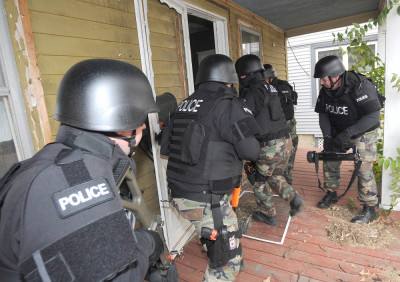![]() New voice in drug-war debate: businessmen who are feeling the pinch
New voice in drug-war debate: businessmen who are feeling the pinch
But it’s the private sector’s understanding of the hemispheric supply chain and demand, he says, that posits business leaders to lend their voice to the debate, says Zamora.
“[I]t is hard to talk about certain issues related to drug-trafficking [for politicians]. But for the business class, we have visions that are more pragmatic,†Zamora says. This might include focusing on freeing up resources through the decriminalization of drugs, and diverting profits away from traffickers. That could allow the taxation of businesses involved in the drug trade, followed by the investment of that money into military and police in order to crack down on criminals.
Carolina Castellanos, director of Guatemalan- American Chamber of Commerce (AMCHAM Guatemala) says leaders of the private sector in Guatemala have been communicating by email this week to discuss the merits of President Pérez’s proposal as well.
![]() Obama’s War on Pot by Tim Dickinson in Rolling Stone.
Obama’s War on Pot by Tim Dickinson in Rolling Stone.
Back when he was running for president in 2008, Barack Obama insisted that medical marijuana was an issue best left to state and local governments. “I’m not going to be using Justice Department resources to try to circumvent state laws on this issue,” he vowed, promising an end to the Bush administration’s high-profile raids on providers of medical pot, which is legal in 16 states and the District of Columbia.
But over the past year, the Obama administration has quietly unleashed a multiÂagency crackdown on medical cannabis that goes far beyond anything undertaken by George W. Bush.
![]() Drug war in Afghanistan a lost cause in Adelaide Now.
Drug war in Afghanistan a lost cause in Adelaide Now.
Despite the expenditure of tens of billions of dollars in a conflict that has so far cost the lives of almost 3000 Coalition troops, including 32 Australians, production of the drug by Afghan farmers rose between 2001 and 2011 from just 185 tonnes to 5800 tonnes.
It increased by 61 per cent last year alone. The United Nations yesterday warned that the situation was out of control.


